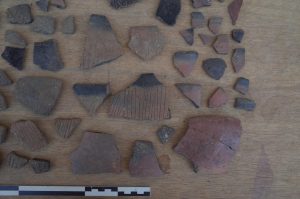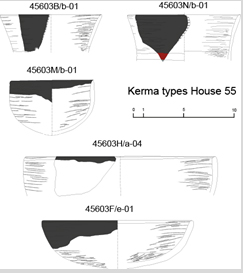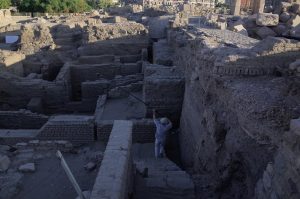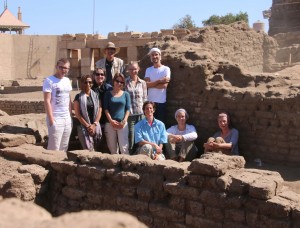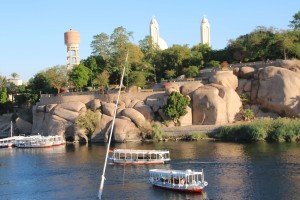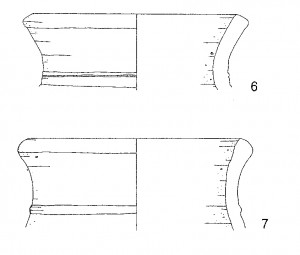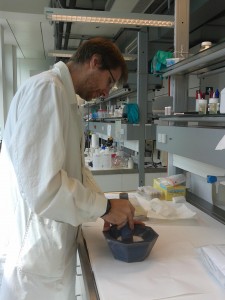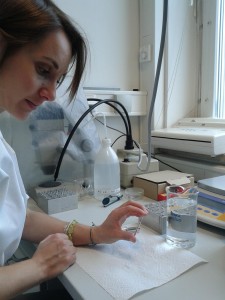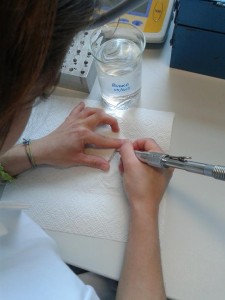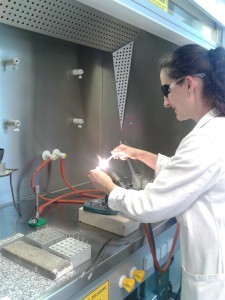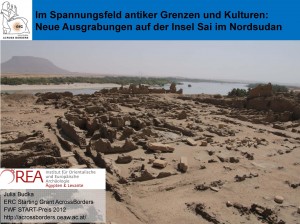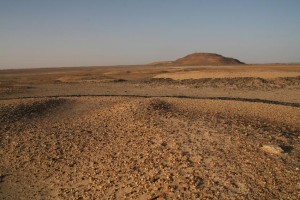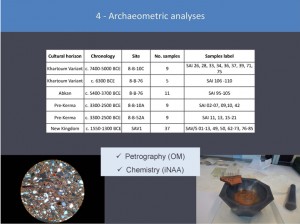As usual on excavations, time flies by. I was busy in the last days with drawings of important pottery vessels from House 55. The importance can be of different character: 1) completely preserved vessel and thus significant for the corpus of shapes and pottery types; 2) chronologically interesting piece and of significance for the ceramic phases and their fine-dating and 3) functionally relevant vessels including so-called hybrid vessels illustrating the intermingling of Nubian and Egyptian pottery making tradition on the island.
I had a bit of all three main categories during the last days, besides some very nice imports found in House 55, coming from the Levant and Cyprus, as well as a unique sherd of the famous Tell el-Yahudiya ware.
Among my favourites are the Nubian sherds from House 55. The Nubian cooking pots are mostly of Pan-Grave style with incised decoration, but a minority of the cooking vessels shows basketry impression and is very similar to pieces from Sai. Within the fine ware, Kerma Black Topped cups and beakers dominate, sometimes with the silvery band on the outside characteristic of the Kerma Classique period. Today, I made a drawing of a very nice Black Topped beaker and was able to reconstruct its complete outline.
Besides making drawings, I am busy with material excavated in the 26th and 27th seasons in House 55, thus more than 20 years ago. Among other interesting pieces, today I had the sixth piece of a so-called fire dog on my table. These fire dogs continue to fascinate me – especially since my work at Sai. At Elephantine, almost 50% of the ones found in 18th Dynasty levels are coming from House 55! But the small number is completely different to the large amount of fire dogs we found within the New Kingdom town of Sai Island. Research about the proper functional use of these devises thought to hold cooking pots above the fire will have to continue.

